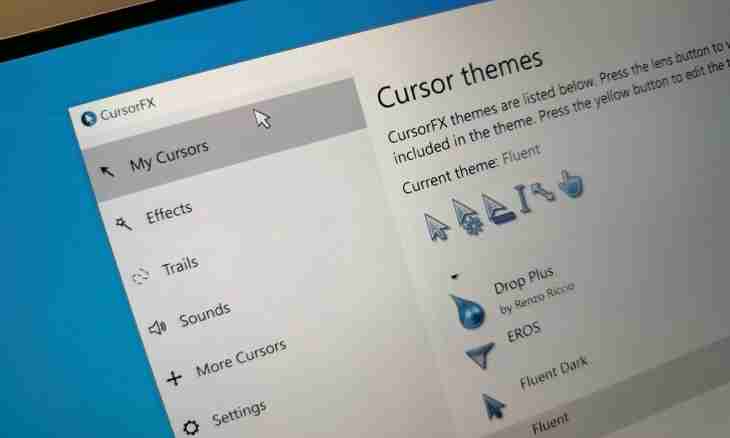Modern browsers almost completely support CSS2 standard. It allows web masters to use all power of cascading style sheets for creation of original elements of design of the websites. The good design is created due to the correct choice of color design of elements of web pages, high-quality selection of headsets of the used fonts, the correct arrangement of the text, images and tables. But except ample opportunities on change of typographical properties of the displayed text and visual representation of the document, CSS provides control facilities the design elements which are not relating to the document. So, it is possible to make the cursor for the website or separate parts of its pages.
It is required to you
- Access to editing templates of pages or files of stylesheets of the website. Data for access to the website on the FTP protocol. The program the FTP client, or the file manager with support of connection under the FTP protocol.
Instruction
1. Prepare files of cursors for the website. Think, view what cursors for what elements of pages of the website will be used. Copy files of cursors in the separate directory. Files of cursors can be taken from free subjects of the cursors available for loading on the Internet. It is also possible to draw the own cursor, using editors of resources of popular IDE (for example, Microsoft Visual Studio), or specialized programs for editing cursors.
2. Load files of cursors on the website. Unite to the website under the FTP protocol by means of the program of the FTP client, or the file manager. Copy files of cursors on the server. Load files into the directory available from web. If it is necessary, change access rights to files of cursors that they became available for reading to all users.
3. Load the file of stylesheets on a local disk. Define the file of stylesheets which is connected to all pages of the website for which elements it is necessary to install cursors. Load this file by means of the FTP client, or the file manager. As a rule, in subjects for popular CMS, there are such files. If there is no such file, just create the file with the css extension on a local disk and edit a subject template, having connected this file in heading of web pages by means of the STYLE element.
4. Edit the file of stylesheets. Add to sets of rule compared to elements for which it is necessary to set the cursor, lines of a view:
cursor: url ('<URL_fayla_kursora>');
It is necessary to specify the address of the file of the cursor on the website as <URL_fayla_kursora> value.
5. Load the file of stylesheets on the server. Again use the program the FTP client. Rewrite the old file of stylesheets on the server. Be disconnected from the server.
6. Check the received result. Open one of pages of the website for which elements the cursor was assigned. Guide a mouse at this element of the page. The form of the cursor should change.

